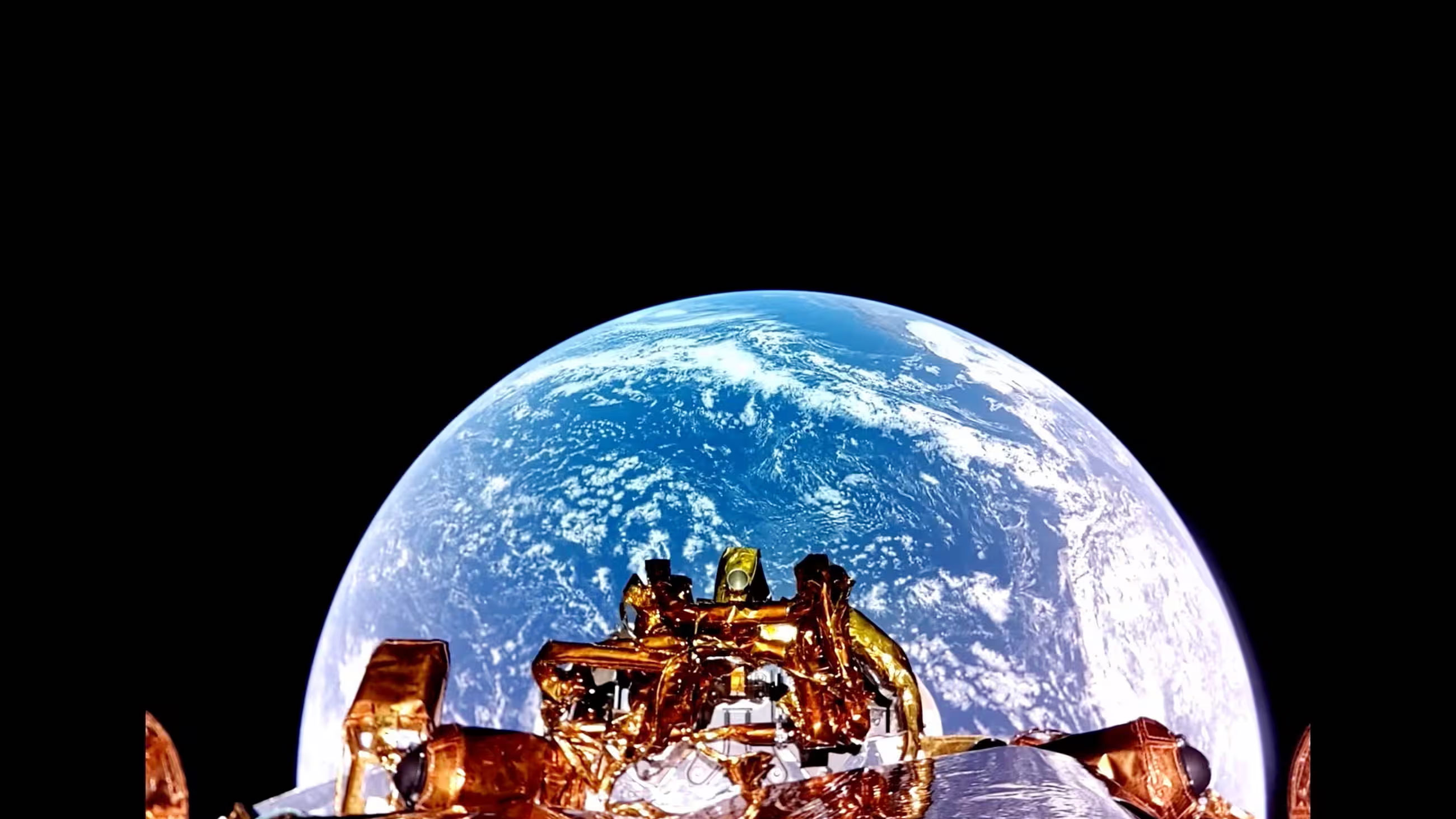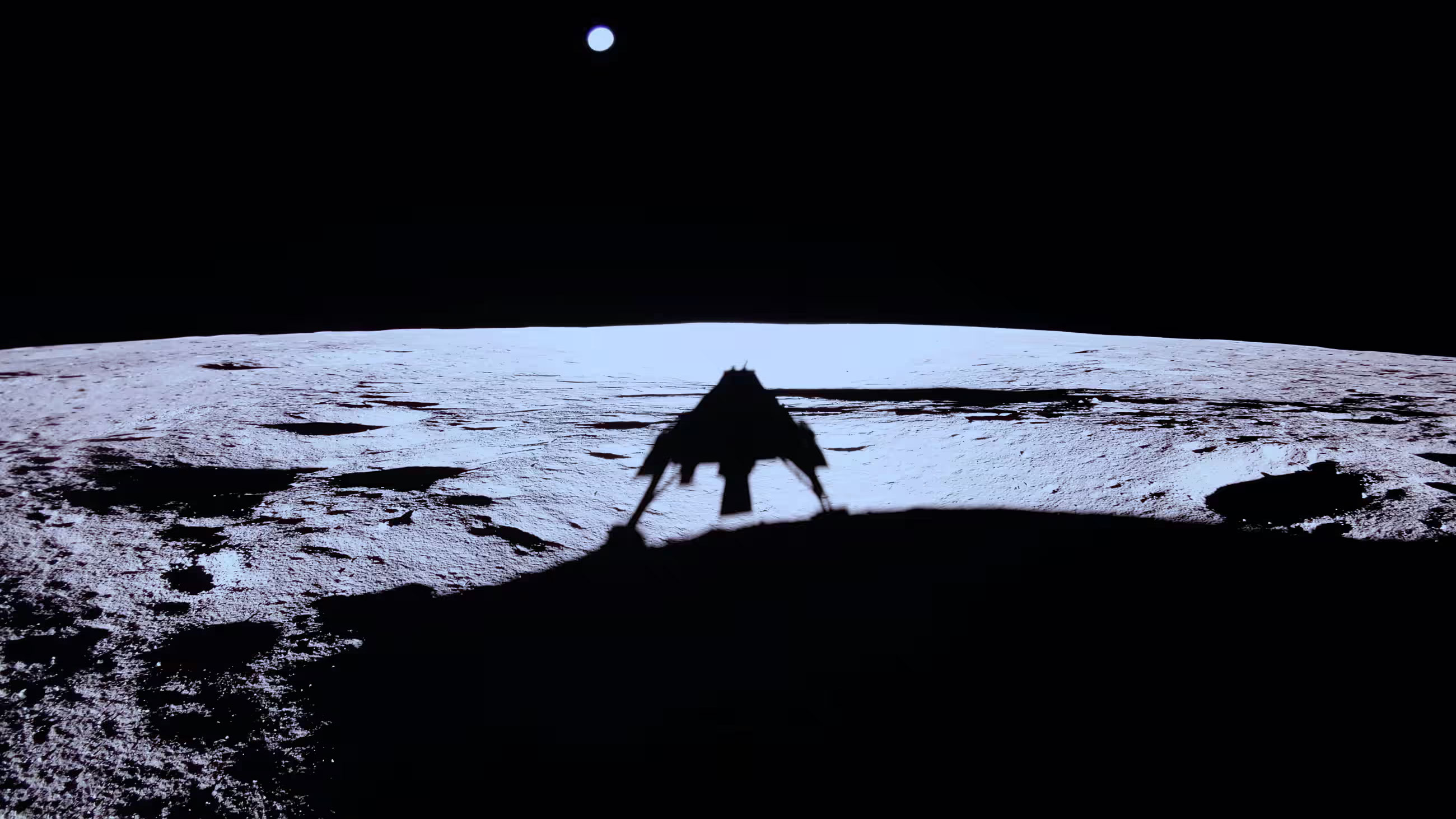
A US company has successfully landed its spacecraft on the moon, marking the second ever private mission to achieve the milestone – and the first to do so up right.
The second commercial landing on the moon comes amid a string of lunar exploration missions that will see around a dozen this year alone.
A Texas based company successfully landed Firefly Aerospace's Blue Ghost Mission 1 at 8:34am GMT near Mons Latreille, a volcanic formation in Mare Crisium on the moon’s north-eastern side.
The mission control in Austin, Texas erupted in cheers and shouts as the firm’s CEO, Jason Kim, confirmed the spacecraft was “stable and upright,” a stark contrast to the first private lunar landing in February 2024.
The Texas based company Intuitive Machines launched the first private moon landing last year, which toppled over upon arrival, taking away from the achievement of being the first US moon touchdown since the crewed Apollo17 mission in 1972.
Ray Allensworth, Blue Ghost’s programme manager, mentioned the precision of the landing, noting it touched down within 100 metres of its target.
“We did do two hazard avoidance manoeuvres on the way down – that tells us that our software did work exactly as it needed to,” she told reporters.

The first image taken from the lander revealed rugged terrain that Blue Ghost had to navigate during its final descent, slowing from thousands of miles an hour to just two mph. The mission is part of a $2.6 billion NASA partnership that aims to cut costs and support Artemis, a program designed to put astronauts back on the moon.
The lander is about the size of a hippopotamus and was launched on 15 January onboard a SpaceX Falcon 9 rocket, going on to capture spectacular footage of Earth and the moon during its 2.8 mile journey.
Onboard are 10 instruments including a lunar soil analyzer, a radiation-tolerant computer, and an experiment testing the feasibility of using the existing global satellite navigation system to navigate the moon.
It’s expected to capture high-definition imagery of the total eclipse on 14 March, when Earth blocks the sun from the moon's horizon, and on 16 March it will record a lunar sunset, showing insights into how dust levitates under solar influence – creating the mysterious lunar horizon glow first documented by the Apollo astronaut Eugene Cernan.
Take a look at our guide to the best cameras for astrophotography, and the best star tracker mounts for astrophotography.







